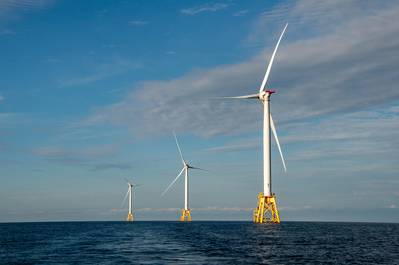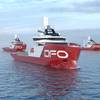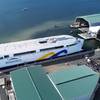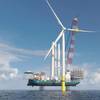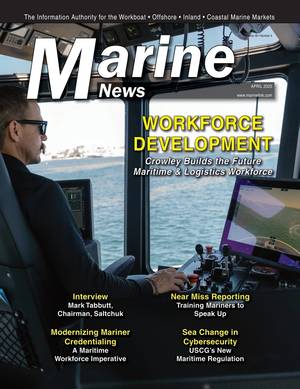New Theory Could Boost Turbine Design and Control
Engineers at MIT have developed a comprehensive, physics-based model that accurately represents the airflow around rotors even under extreme conditions, such as when the blades are operating at high forces and speeds, or are angled in certain directions.
The model could improve the way rotors are designed and how wind farms are laid out and operated. It was described in the journal Nature Communications in an open-access paper by MIT postdoc Jaime Liew, doctoral student Kirby Heck, and Michael Howland, Assistant Professor of Civil and Environmental Engineering.
Currently, blades are designed based on aerodynamics principles that were first described mathematically more than a century ago, and they don’t work in every situation, so correction factors have been added based on empirical observations.
“We’ve developed a new theory for the aerodynamics of rotors,” Howland says. This theory can be used to determine the forces, flow velocities, and power of a rotor, whether that rotor is extracting energy from the airflow, as in a wind turbine, or applying energy to the flow, as in a ship or airplane propeller. The theory works in both directions,” he says.
To arrive at the new model, the team analyzed the interaction of airflow and turbines using detailed computational modeling of the aerodynamics.
They found that, for example, the original model had assumed that a drop in air pressure immediately behind the rotor would rapidly return to normal ambient pressure just a short way downstream. But it turns out, Howland says, that as the thrust force keeps increasing, that assumption is increasingly inaccurate.
Until now, Howland says, even the operators of wind farms, the manufacturers, and the designers of the turbine blades had no way to predict how much the power output of a turbine would be affected by a given change such as its angle to the wind without using empirical corrections. “That’s because there was no theory for it. So, that’s what we worked on here. Our theory can directly tell you, without any empirical corrections, for the first time, how you should actually operate a wind turbine to maximize its power.”
The researchers derived their new model, which they call a unified momentum model, based on theoretical analysis, and then validated it using computational fluid dynamics modeling. In follow-up work not yet published, they are doing further validation using wind tunnel and field tests.
Because the fluid flow regimes are similar, the model also applies to propellers, whether for aircraft or ships, and also for hydrokinetic turbines such as tidal or river turbines.
The new theory exists in the form of a set of mathematical formulas that a user could incorporate in their own software, or as an open-source software package that can be freely downloaded from GitHub.
The work was supported by the National Science Foundation and Siemens Gamesa Renewable Energy.
In an earlier paper in 2022, Howland and his team found that deliberately misaligning some turbines slightly relative to the incoming airflow within a wind farm significantly improves the overall power output of the wind farm by reducing wake disturbances to the downstream turbines.



